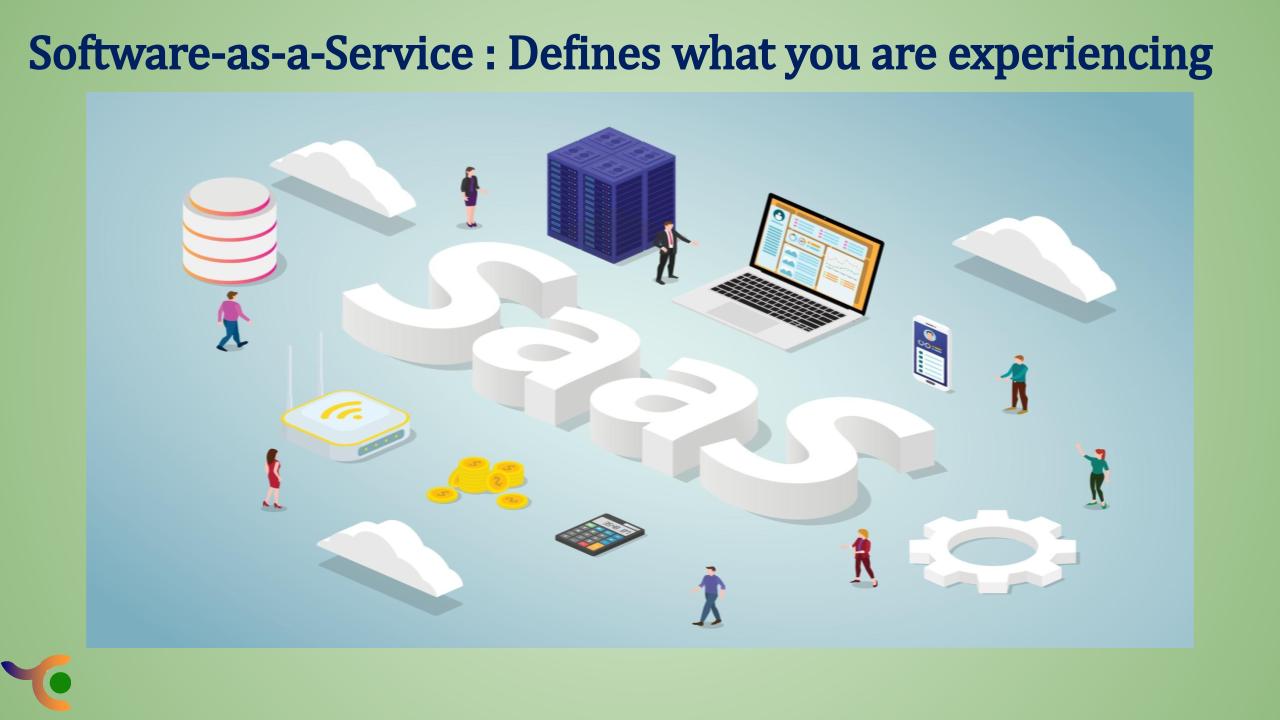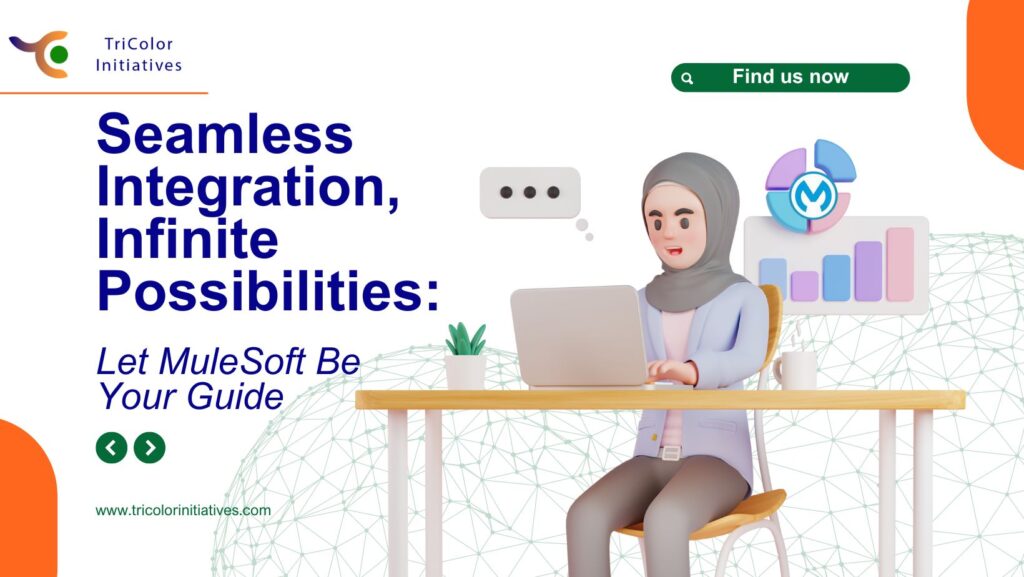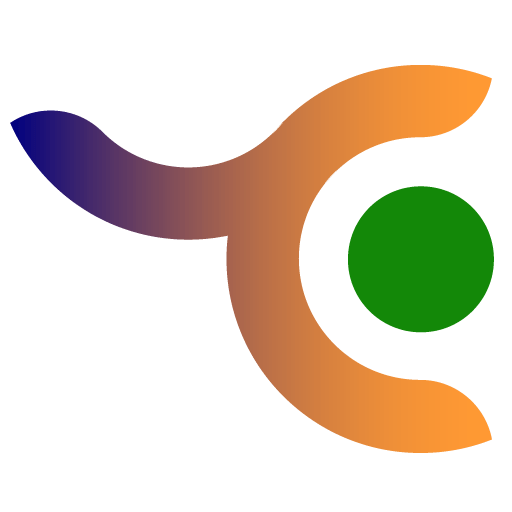SaaS, Software-as-a-Service, is a cloud-based method of providing software to all users. The users can subscribe to an application rather than purchasing it once and installing it. Users can log into the application and use a SaaS application from any device he is using over the Internet.
Let’s understand it in a simple way:
- If someone buys a TV show on DVD he only needs to pay for it once. However, the user will need to store and maintain the DVDs, and if he changes his hardware.
- e.g If he replaces his DVD player with a Blu-ray player – then he will need to purchase the physical media again.
- When we hear-Streaming the show means a third party handles all the things like storage and upgrades. All a user needs is to press the play button.
- However, streaming depends on an Internet connection, and users typically pay a recurring monthly fee to maintain their access.
Cloud Service Models
There are three main service models-
- IaaS
- PaaS
- SaaS
IaaS
IaaS means Infrastructure-as-a-service in which servers and databases are under the cloud computing infrastructure and managed by the cloud provider. Infrastructure companies can build their own applications on IaaS instead of maintaining other applications’ backends themselves. It is on the lowest part of the pyramid.
PaaS
PaaS means Platform-as-a-service. It is above IaaS which includes development tools, cloud computing infrastructure, and also other support for building applications. However, it allows customers to build, test, deploy run, update and scale applications more quickly and inexpensively. PaaS is in the middle part of the pyramid.
SaaS
SaaS means Software-as-a-Service. It is application software that users via the cloud as if it were installed on our computer. It enables any organization to use any specific application without the expense of setting up the infrastructure to run it.
There will be no effort or personnel to maintain the application (apply bug fixes and updates, address outages, etc.)
- SaaS is on the top level of the pyramid and includes fully built cloud applications for users.

Applications using SaaS
SaaS products are very diverse, which ranges from video streaming services to IT business analytics tools. There are SaaS applications for fundamental business applications such as email, sales management, and customer relationship management. There are various applications that use SaaS, which are given below:
- Salesforce
- HubSpot
- Intercom
- Zoom
- Google Workplace Apps
- Netflix
- Microsoft 365
- AWS
- Zendesk
- Shopify
Advantages of this technology
- Accessibility- It has the ability to run via any browser 24/7 from any device. It is accessible on every device.
- Analytics- It has also access to data reporting and intelligence tools which helps in development and services.
- Cost Effective- SaaS has no upfront hardware costs and is also flexible in payment methods such as pay-as-you-go models.
- Data Storage- It has data storage in which data is routinely saved in the cloud and users can retrieve it when needed.
- Increase Security- SaaS providers invest heavily in security technology and expertise in the services which are providing security.
- Operational Management-No installation, equipment updates, or traditional licensing management are needed for operating it.
- Scalability- It is easily scalable in providing solutions to accommodate changing needs and updates.
- Startups and small businesses also can find SaaS handy when they don’t have the time to build their own applications.
- Larger companies can also use SaaS technology for limited short-term projects or applications that aren’t needed all year long.
- We can say that any company can benefit from it when dealing with applications that require both web and mobile access.
Future of SaaS
As technology is evolving day by day, SaaS, Software-as-a-Service models will also develop. But the fact is that out-of-the-box and man-made tools will always have a place in business and markets. Overall, SaaS is offering a wide range of benefits that work in the interests of both businesses and customers. Companies will need qualified IT professionals who can observe, progress, evaluate and design cloud computing solutions. Moreover, it will help in fitting their current and future needs.
Conclusion
Our organization i.e TriColor Initiatives is implementing services and working on applications that are using SaaS. We are in partnership with Intercom, and Salesforce and these are also using SaaS. In TriColor Initiatives, technical team members are using SaaS by which the application is easy to implement, update, and debug.






